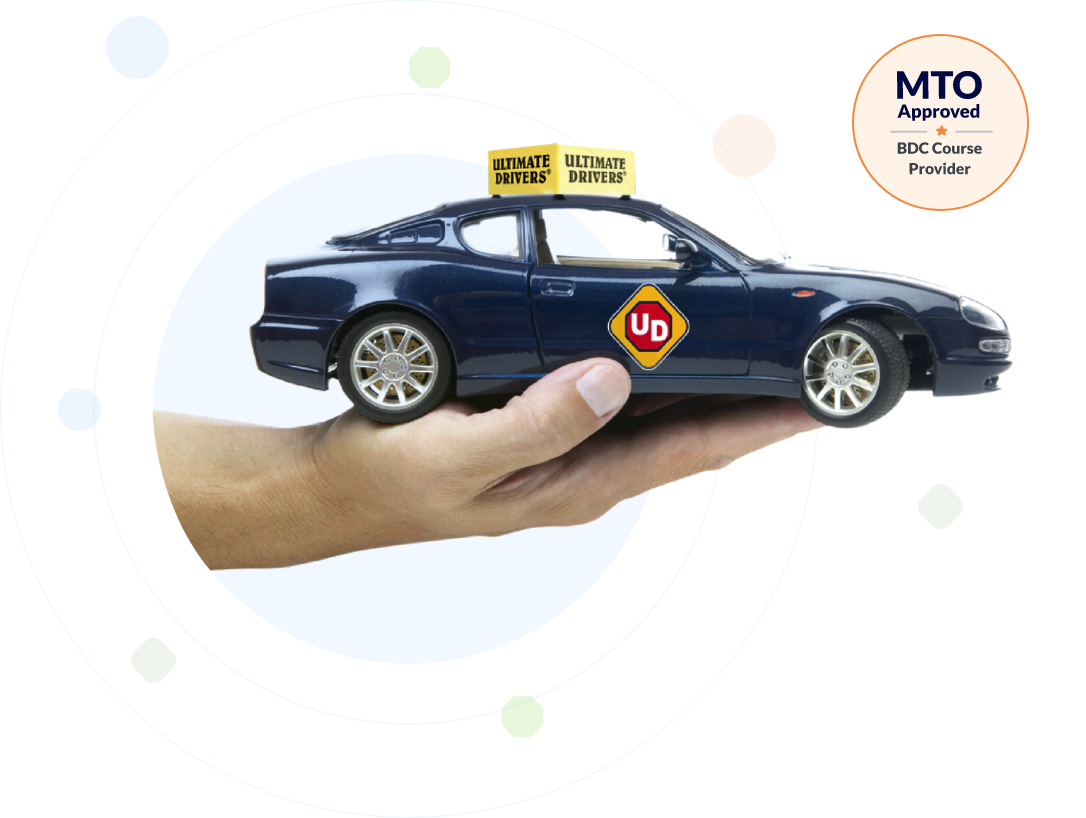Are you a new driver looking to master the art of driving? Whether you've just received your driver's license or are about to embark on your first solo drive, it's important to build a strong foundation of essential driving skills. In this article, we will guide you through the key lessons that every new driver should learn to become a confident and responsible driver on the road.
The Importance of Driver Education
Obtaining a driver's license is an exciting milestone, but it's essential to recognize that driving is a complex task that requires knowledge and responsibility. Driver education plays a crucial role in preparing new drivers for the road. It provides a comprehensive understanding of traffic laws, safe driving practices, and the skills necessary to navigate different driving scenarios.
Driver education programs often consist of both classroom instruction and practical driving experience. The classroom component covers topics such as traffic laws, road signs, and defensive driving techniques. Practical driving experience allows new drivers to apply the knowledge they've gained in real-world situations under the guidance of a qualified instructor.
Completing a
driver education program not only enhances your understanding of driving principles but may also qualify you for insurance discounts and reduce the number of hours required to obtain a full driver's license. By investing time and effort into driver education, you are setting a solid foundation for a lifetime of safe and responsible driving.
Basic Vehicle Controls and Maneuvers
Before you start driving, it's important to familiarize yourself with the basic controls and maneuvers of your vehicle. Understanding how to properly operate the accelerator, brakes, steering wheel, and other essential controls is essential for smooth and safe driving.
Start by adjusting your seat and mirrors to ensure optimal visibility and comfort. Familiarize yourself with the location and function of the accelerator, brake pedal, and clutch (if applicable). Practice applying gradual pressure to the accelerator to control your speed and smoothly releasing it to decelerate. Similarly, practice gradually applying pressure to the brake pedal to achieve smooth stops.
Mastering steering control is another crucial aspect of vehicle operation. Practice turning the steering wheel smoothly and maintaining a proper hand position (typically, 9 and 3 o'clock or 10 and 2 o'clock). Remember to use your turn signals to indicate your intentions to other drivers.
In addition to basic vehicle controls, it's important to practice essential maneuvers such as starting and stopping on hills, making lane changes, and executing turns. These maneuvers require coordination and practice, but mastering them will significantly enhance your confidence and ability to navigate different driving situations.
Defensive Driving Techniques
Defensive driving is a mindset that prioritizes safety and anticipates potential hazards on the road. It involves being aware of your surroundings, maintaining a safe following distance, and being prepared to react to unexpected situations.
One of the key principles of defensive driving is maintaining a safe following distance. This gives you enough time to react if the vehicle in front of you suddenly stops or slows down. A general rule of thumb is to maintain a distance of at least three seconds between your vehicle and the one ahead. To determine this, choose a fixed object on the road, such as a sign or a tree, and count the number of seconds it takes for your vehicle to reach that object after the vehicle in front has passed it.
Another important aspect of defensive driving is scanning the road ahead and using your mirrors regularly. This allows you to anticipate potential hazards, such as pedestrians crossing the road or vehicles changing lanes. By being proactive and aware of your surroundings, you can react promptly and avoid accidents.
Additionally, it's essential to anticipate the actions of other drivers. Pay attention to their behavior, such as sudden lane changes or erratic driving. Being aware of these signs can help you predict their intentions and take appropriate measures to stay safe.
By practicing defensive driving techniques, you'll not only reduce the risk of accidents but also become a more confident and assertive driver. Remember, defensive driving is an ongoing process that requires constant vigilance and adaptation to changing road conditions.
Conclusion: Becoming a Confident and Responsible Driver
Mastering the art of driving is a journey that requires continuous learning, practice, and a commitment to safety. By understanding traffic laws, mastering basic vehicle controls, and practicing defensive driving techniques, you'll become a confident and responsible driver on the road.
Remember, the road can be unpredictable, and situations may arise that test your skills and judgment. By following the essential lessons outlined in this article, you'll be well-prepared to handle whatever comes your way and contribute to safer roads for everyone. So, join the
Ultimate Drivers driving school & continue to learn, practice, and embrace the art of driving, and enjoy the freedom and independence that comes with being a skilled driver.





